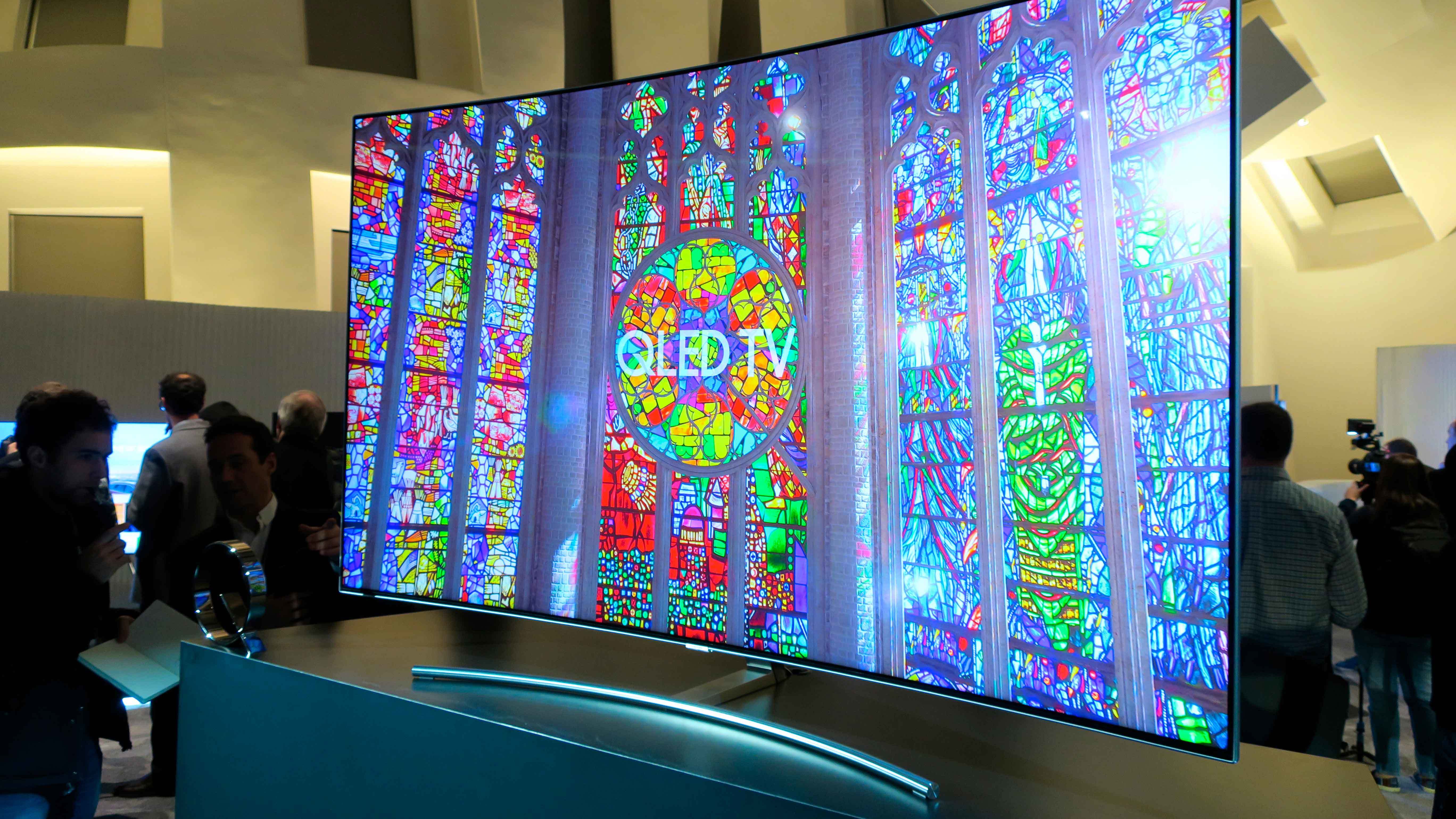The big picture: 4K TVs already look great, but there is still plenty of room for improvement. As 8K starts its slow process towards mainstream use, Samsung is putting revised QLED panels at the forefront of its lineup despite other emerging options such as MicroLED.
Samsung Electronics has poured a lot of faith into QLED as the basis for high-end TVs. Throughout 2019, Samsung will stick to using QLED to compete against rival LG using OLED panels. New changes being made to the quantum dot structure within QLED TVs will bring costs down while reducing the thickness of the displays.
Instead of using a quantum dot enhancement film, Samsung is transitioning over to Quantum Dot on Glass technology. The change may also offer improved light transmission for higher peak brightness and greater sharpness.
One of the major winners of this change could be Corning. Besides producing shatter resistant glass for smartphones and a variety of other electronics applications, Corning could become a critical supplier for Samsung's QLED lineup by producing light guide plates.

Over the next year, Samsung Electronics will be rolling out more 8K QLED panels. Even though 4K is still gaining adoption by mass market consumers, the high end luxury segment is quickly transitioning to 8K despite the lack of native content available. As AI algorithms become better at image processing, upscaling capabilities should be noted as important features on greater than 4K TVs.
Pricing on 8K models is still cost prohibitive to the majority of consumers. Even 4K QLED models are still starting at upwards of $1,000 with true HDR not arriving until the $1,700 mark. Should anyone wish to acquire a QLED 8K panel, expect to pay in the tens of thousands of dollars.
While there is no sense in reasoning with early adopters over the price of new gadgets, MicroLED and variations of improved OLED panel technologies on the horizon may end up being a better path forward for 8K and beyond.
